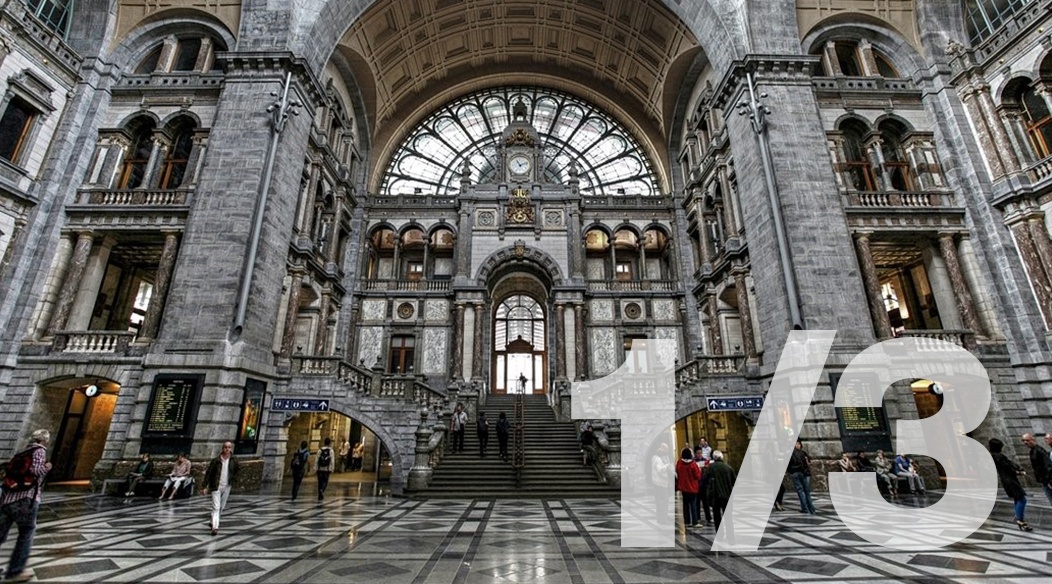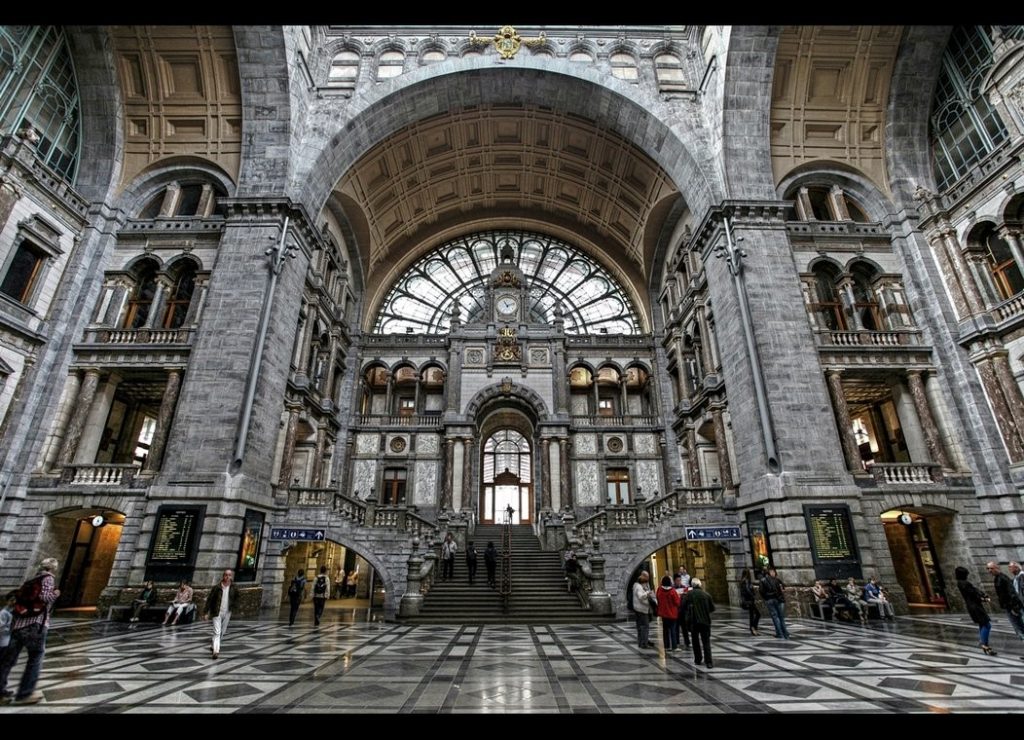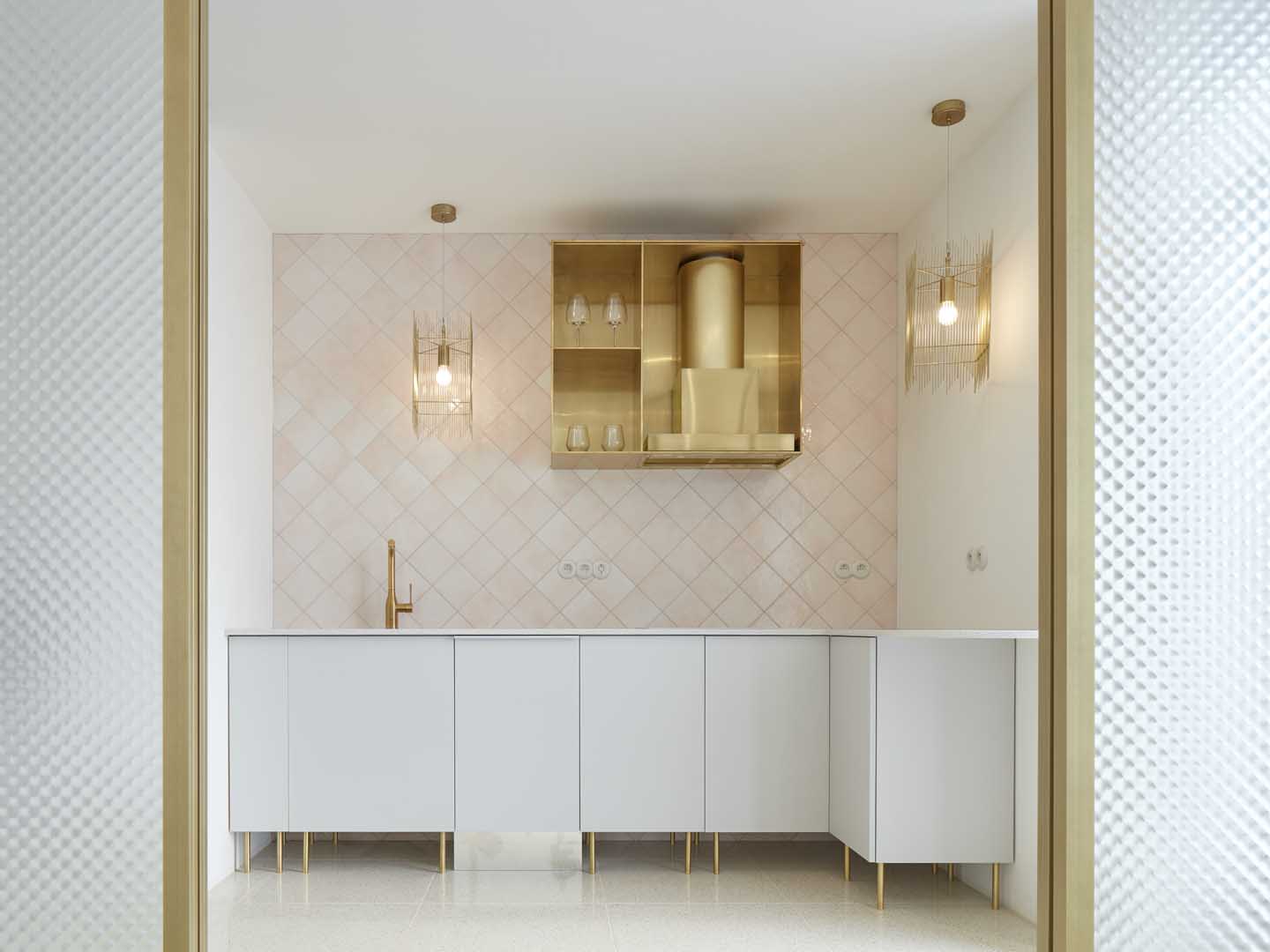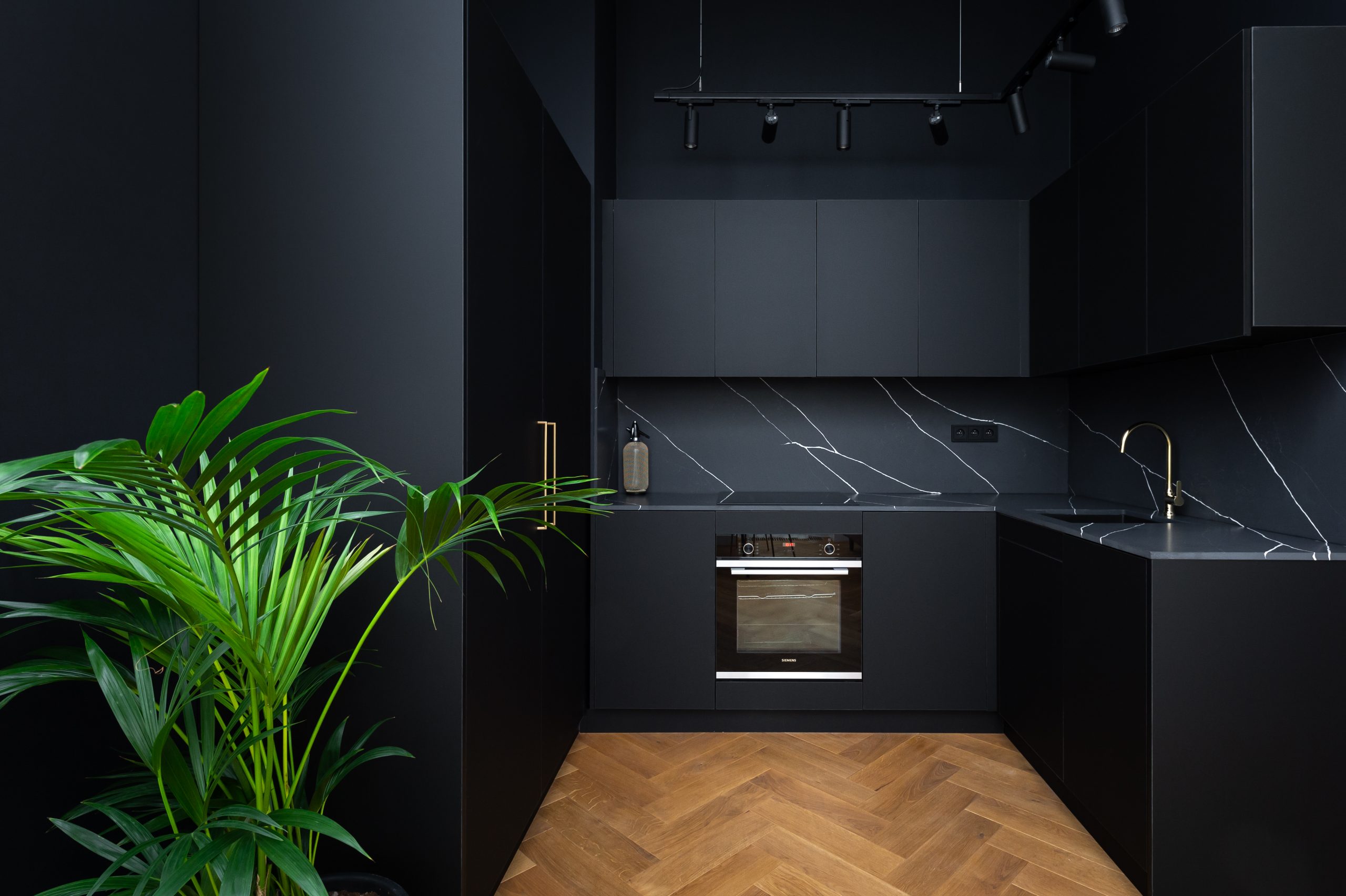
Cast in stone – the rise of the railway station (part 1)
How the right materials and innovative design transform public spaces
Train stations are a component part of life for millions of commuters and travelers across the world every day. At once an integral part of daily life and, to some extent, almost taken for granted, the functionality and aesthetics of train stations as public spaces have a deep and lasting effect on our daily lives.
Stone, from marble and granite in the 19th century to man-made quartz like Technistone® today, has long been an essential component of both the functionality and beauty of these essential public spaces. Timeless, graceful and elegant, stone conveys the iconic nature of these structures and the effects they have on the millions of people who pass through them every year.
The birth of the train station as public space
The world’s first railway station was called The Mount located on the Osytermouth Railway in Swansea, Wales, which began serving local passengers using horse drawn carts on tracks in 1807. Little is known about the actual physical form of the station, but it is likely that is consisted of little more than a small wooden shelter passengers could use as a waiting area.
This was followed by Crown Street railway station in Liverpool, and the Liverpool Road station in Manchester, the terminus points for the world’s first steam locomotive powered inter-city passenger railway, which opened in 1830.
The stations themselves were simple, two-story stone structures, with offices upstairs and a small downstairs area with ticket windows and timetable information.
Liverpool Road station, Manchester, UK (today) Source: Wikipedia
From humble beginnings to monumental architecture
As rail travel expanded as a means of transport across Europe and North America, and the volume of passengers served grew precipitously, train station architecture and design took on new meaning in terms of both the services provided to passengers, including waiting areas and information centers, and the overall aesthetics of the space, which came to represent the pride of the cities themselves.
From the bleak confines of many early train stations across Europe and the Americas, architects began to approach train station design with a new found enthusiasm and an expanding sense of unending possibilities.
For many architects and designers, stone was to become a key component of aesthetic design. Whether using forms of marble or granite, early train station designers embraced stone as the ultimate display of a cities beauty and prominence and the fundamental material, often in conjunction with iron and glass, used to underscore the iconic nature of a city’s train station.
Belgian magnificence
By way of example, between 1895 -1905 Belgian architect and designer Louis Delacenserie set to work on the Antwerp Centraal Station, in Antwerp, Belgium. Stunning and completely original, Delacenserie would use over 20 types of marble and stone in the building’s construction. So unique as to be outside any known architectural style of the time, the station, with its multi-level ceiling of glass and iron was to survive the destruction of World War II and stands today as a testament to both Delacenserie’s imagination and his deep understanding of how a sense of aesthetics using the right materials can impact the lives of millions for the better.
Antwerp Centraal Station, Belgium Source: i.imgur.com
Early forms of Scandinavian design in Helsinki
In Helsinki the first train station opened in 1862 with the stations plans created by Swedish architect Carl Albert Edelfelt. However, as the city continued to grow the original design was deemed too small to serve the needs of Finland’s capital city. The station was reconstructed in 1904 by Eliel Saarinen in the Art Nouveau style and reopened in 1919. Stone again, played a major role in the building’s design with Finish granite being the predominant material used.
Helsinki Central Station Source: Yiping Feng and Ling Ouyang/Helsinki Marketing
Today, the station is an excellent example of the simple smooth lines, penchant for light and open spaces that embody so much of what has become known as Scandinavian design. Building on the gentle, nature inspired ornamentation of Art Nouveau, Scandinavian design simplified even these forms into a minimalism all its own, morphed into a term synonymous with clean lines, simplicity and light.
The image below of the ticket hall exhibits the fine combination of wood and stone that embody the style, simplicity and solidity of this then burgeoning form of design in public space. Notice the absence of the overwrought ornamentation so characteristic of early Art Nouveau, how the white veined faux marble floors add an air of permanence in combination with the wooden benches and counter facades to an otherwise airy, light filled space.
Helsinki Central Station ticket hall Source: mrspeabodyinvestigates.wordpress.com
For more on how stone design in railway station architecture has transformed high volume public spaces into the vibrant, open and comfortable halls and waiting rooms millions pass through every day, check out part two of this article.













